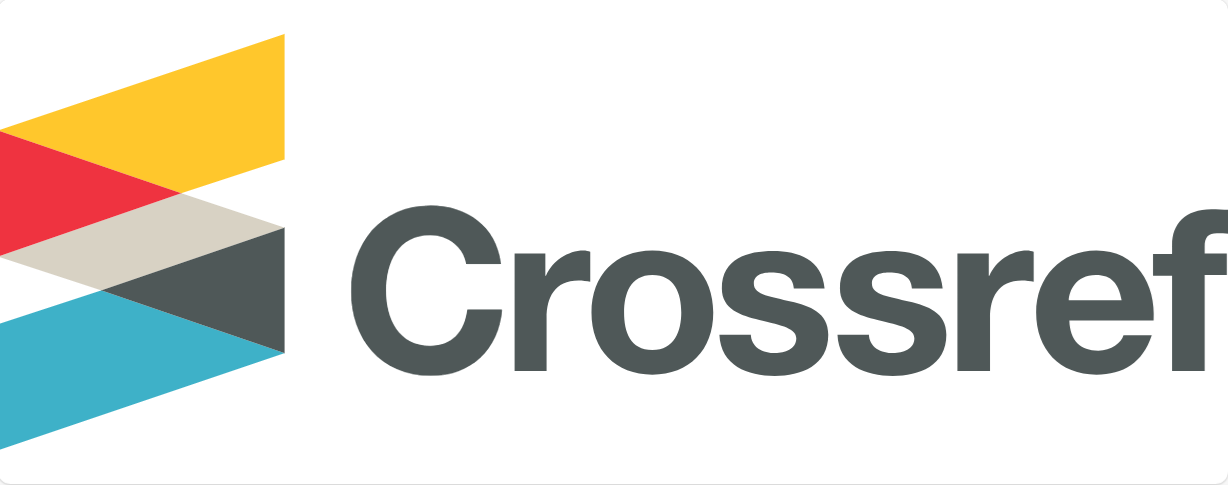Abstract
This study analyzes the factors of organizational communication climate in fostering knowledge sharing in Daniel S. Lev library which is a special library of law and political literature. This study was examined using the dimensions of organizational communication climate that was coined by Charles W. Redding, wherein the concept there are five values; supportiveness, participation in decision making, trust and reliability, openness, and high-performance goals. This is qualitative research using the case study method. The informants of this research are the Head of the Library and all library staff. The results of this study indicate that the five values of the Redding communication climate dimension contribute to fostering knowledge sharing activities in the Daniel S. Lev library. Knowledge sharing activities that have grown include weekly meetings, reports, activity presentations, publications, mentoring, and sharing while working. The value of openness and the value of high-performance goals become the dominant values.
Bahasa Abstract
Penelitian ini menganalisis faktor iklim komunikasi organisasi dalam menumbuhkan berbagi pengetahuan di perpustakaan Daniel S. Lev yang merupakan perpustakaan khusus literatur hukum dan politik. Iklim komunikasi pada penelitian ini menggunakan dimensi iklim komunikasi organisasi yang dicetuskan oleh Charles W. Redding. Penelitian ini menggunakan pendekatan kualitatif dengan menggunakan metode studi kasus. Adapun Informan pada penelitian ini yakni kepala perpustakaan dan seluruh staf perpustakaan. Hasil dari penelitian ini menunjukkan bahwa kelima nilai dari dimensi iklim komunikasi Redding memiliki andil dalam menumbuhkan kegiatan berbagi pengetahuan di perpustakaan Daniel S. Lev. Kegiatan berbagi pengetahuan yang tumbuh antara lain terlihat pada rapat mingguan, laporan, presentasi aktivitas, publikasi, pendampingan, dan sharing ketika bekerja. Nilai keterbukaan dan nilai tujuan kinerja tinggi menjadi nilai yang dominan.
References
- Creswell, John W. (2013). Research design: qualitative, quantitative, and mixed methods approaches. Thousand Oaks, California: SAGE Publication.
- Davenport, T.H., and L. Prusak. (1998). Working Knowledge: How Organization Manage What They Know. Harvard Bussiness School Press.
- Fauziah, Kiki. (2015). Berbagi Pengetahuan Untuk Mengembangkan Kompetensi Staf Perpustakaan BI. Tesis. Depok: Universitas Indonesia.
- Febrian, Fadli, and Kiki Fauziah. (2019). Knowledge sharing process in World Wildlife Found for Nature Iindonesia. Library Philosophy and Practice.
- Goldhaber, Gerald M. (1986). Organizational Communication Fourth edition. New York: Wm C Brown.
- Harjana, A. (2007). Iklim Komunikasi Keorganisasian. Jurnal Ilmu Komunikasi 179-231.
- Hasibuan SP, Malayu. (2003). Organisasi & Motivasi: dasar peningkatan produktivitas. Jakarta: Bumi Aksara.
- Hooff, Bart, and Jan Ridder. (2004). Knowledge Sharing in context: The influence of organizational commitment, communication climate, and CMC use of knowledge sharing. Journal of Knowledge Management 8(6) 117-130.
- Jones, Gilbert E. (2017). Knowledge sharing and technological innovation: The effectiveness of trust, training, and good communication. Cogent Business & Management 2-15.
- L. Tubbs, Steward, and Sylvia Moss. (1996). Human Communication: Prinsip-Prinsip Dasar. Bandung: P.T Remaja Rosdakarya.
- Larsen, S., and I. S. Folgero. (1993). Supportive and defensive communication. International Journal of Contemporary Hospitality Management.
- Lin, C. P. (2007). To share or not to share: Modelling knowledge sharing using exchange ideology as a moderator. Personnel Review.
- McCrae, R.R., and Costa P.T. (1987). Validation of the Five Factor Model of Personality accross Instrument and Observes. Journal of Personality and Social Psychology 81-90.
- McInerney, C.( 2002). Knowledge management and the dynamic nature of knowledge. Journal of the American society for Information Science and Technology 1009-1018.
- Muhammad, Arni. (2004). Komunikasi Organisasi. Jakarta: Bumi Aksara.
- Newell, S., M. Robertson, H. Scarborough, and J. Swan. (2002). Managing Knowledge Work. Hampshire: Palgrave.
- Noor, Ammar Dheyaa, Hayder Salah Hasyim, and Nourashikin Ali. (2004). Factors Influencing Knowledge Sharing in Organizations: a literature review. International Journal of Science and Research (IJSR) 1314-1319.
- Pace, R. W., and D. F. Faules. (2002). Komunikasi Organisasi: Strategi Meningkatkan Kinerja Perusahaan. Bandung: Remaja Rosdakarya.
- Pascoe, Celina., and Elizabeth. More. (2005). Communication climate and organisational knowledge sharing. Journal of Information & Knowledge Management, 4(04) 247-255.
- Penuel, B., and A. Cohen. (2003). Coming to the crossroads of knowledge, learning, and technology: integrating knowledge management and workplace learning. Sharing expertise: Beyond knowledge management, 57-76.
- Redding, W Charles. (1972). Communication within Organization: an interpretative review of theory and research. New York: Industrial Communication Council.
- Rikowski, Ruth. (2007). Knowledge Management: Social, Cultural, and Theoretical Perspectives. Oxford: Chandos Publishing.
- Robbins, Stephen P, and Timothy A Judge. (2008). Perilaku Organisasi Buku 2. Jakarta: Salemba Empat.
- Semertzaki, Eva. (2011). Special Libraries as Knowledge Management Centres. Oxford: Chandos Publishing.
- Xiong, Song., and Hepu. Deng. (2008). Critical success factors for effective knowledge sharing in Chinese joint ventures. ACIS 2008 Proceedings, 95.
- Yusuf, Muri. (2015). Metode Penelitian: Kuantitatif, Kualitatif, dan Gabungan. Jakarta: Prenadamedia Group.
Recommended Citation
Anjani, Virgia and Fauziah, Kiki
(2021)
"Analisis Iklim Komunikasi dalam Menumbuhkan Berbagi Pengetahuan di Perpustakaan Daniel S. Lev,"
Jurnal Ilmu Informasi, Perpustakaan dan Kearsipan: Vol. 23:
No.
2, Article 5.
DOI: 10.7454/JIPK.v23i2.005
Available at:
https://scholarhub.ui.ac.id/jipk/vol23/iss2/5
Included in
Archival Science Commons, Collection Development and Management Commons, Information Literacy Commons







